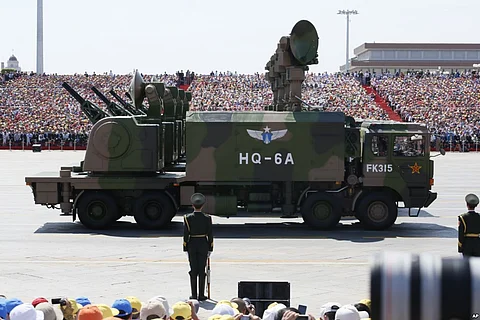

China announced Tuesday that it will hold a major military parade on September 3 to commemorate the 80th anniversary of Japan’s surrender in World War II.
Japan occupied the northeastern Chinese region of Manchuria beginning in 1931, and in 1937 launched a full-scale invasion of China, seizing vast territories. By the end of the war in 1945, more than 20 million Chinese had died—second only to the Soviet Union’s estimated 27 million fatalities during the conflict.
Wu Zeke, a senior officer in the People’s Liberation Army (PLA), stated during the announcement that President Xi Jinping will deliver a speech at the event. Wu also confirmed that the PLA will showcase its latest military equipment, including “new-type combat capabilities” such as hypersonic weapons and advanced electronic warfare systems.
Mali’s actions mirror those of its allies in the Alliance of Sahel States (AES), particularly Niger and Burkina Faso, both of which have also taken steps to assert national sovereignty and gain greater control over their mineral resources.
While the parade is meant to honor the largely overlooked but extraordinarily brutal Sino-Japanese conflict—often forgotten in the West—it also comes at a time of escalating tensions between China and the United States and its regional allies.
Since returning to office, U.S. President Donald Trump has emphasized shifting American military focus toward the Indo-Pacific region in a strategic effort to “confront” China. This has included the deployment of long-range missiles to the Philippines and supplying Taiwan with advanced weapons systems such as HIMARS rocket launchers.
These developments have significantly heightened tensions, particularly since the start of the ongoing trade war initiated by Trump on April 2. China has responded with increasingly frequent military drills simulating a blockade of Taiwan, underscoring the rising risk of conflict.
Although there is no clear indication that China plans to imminently retake Taiwan by force, analysts point to the growing frequency of exercises, the acceleration of shipbuilding programs, and a focus on regional deterrence as signs that Beijing is preparing for the possibility of a confrontation—especially if the U.S. crosses any of its stated red lines.